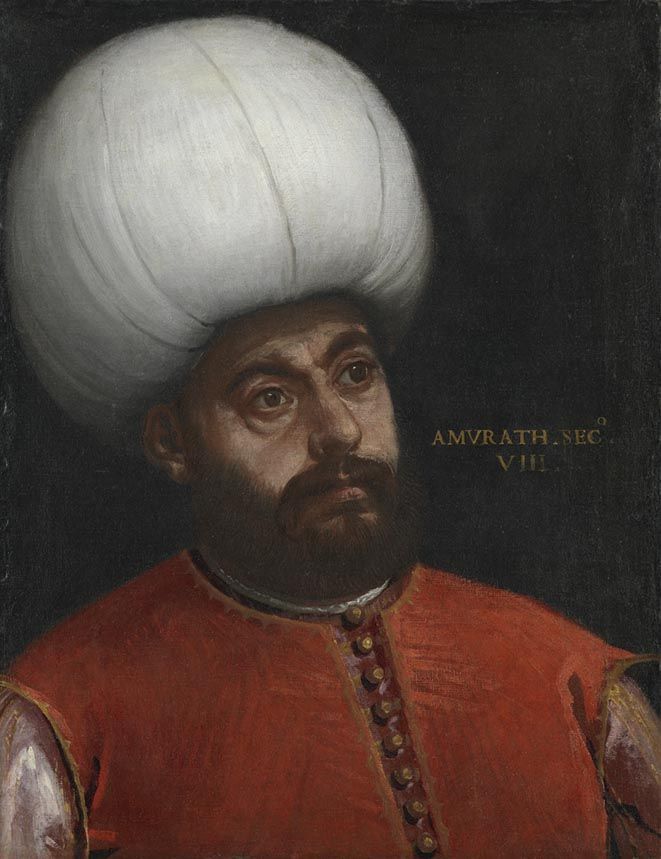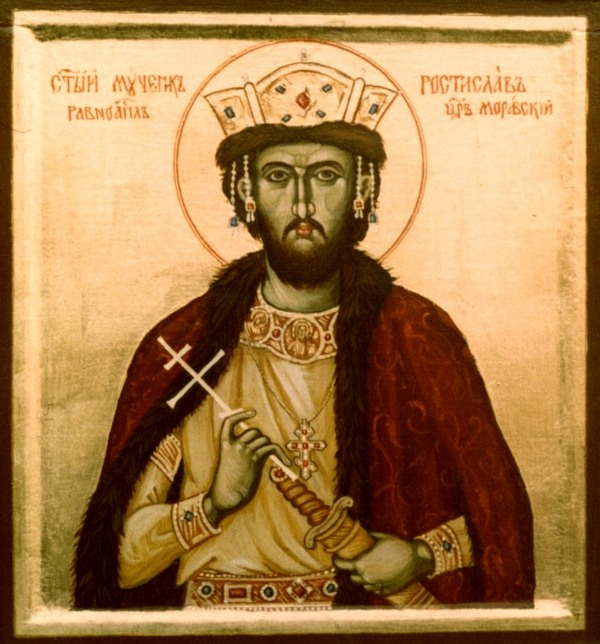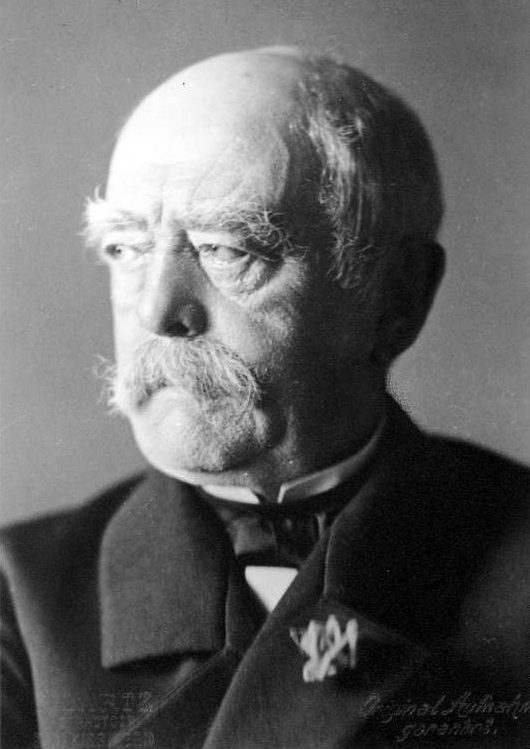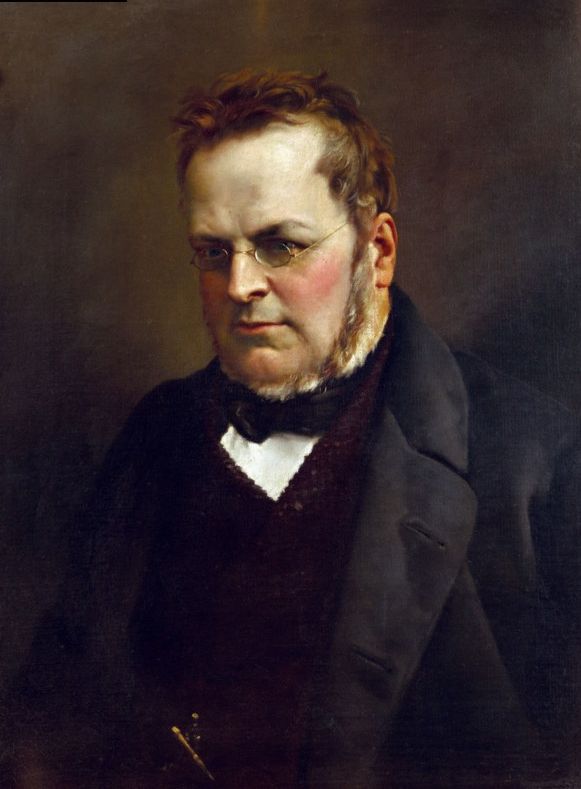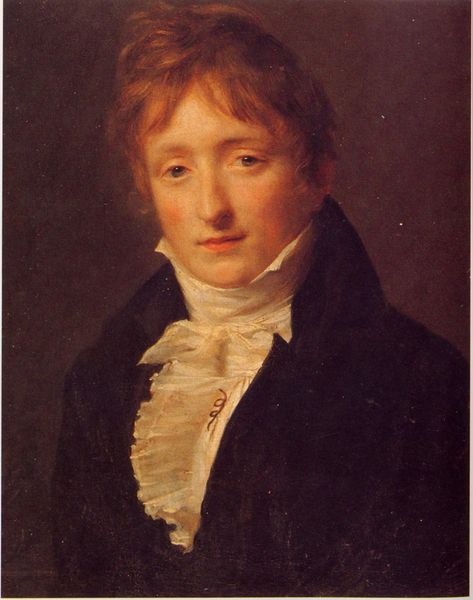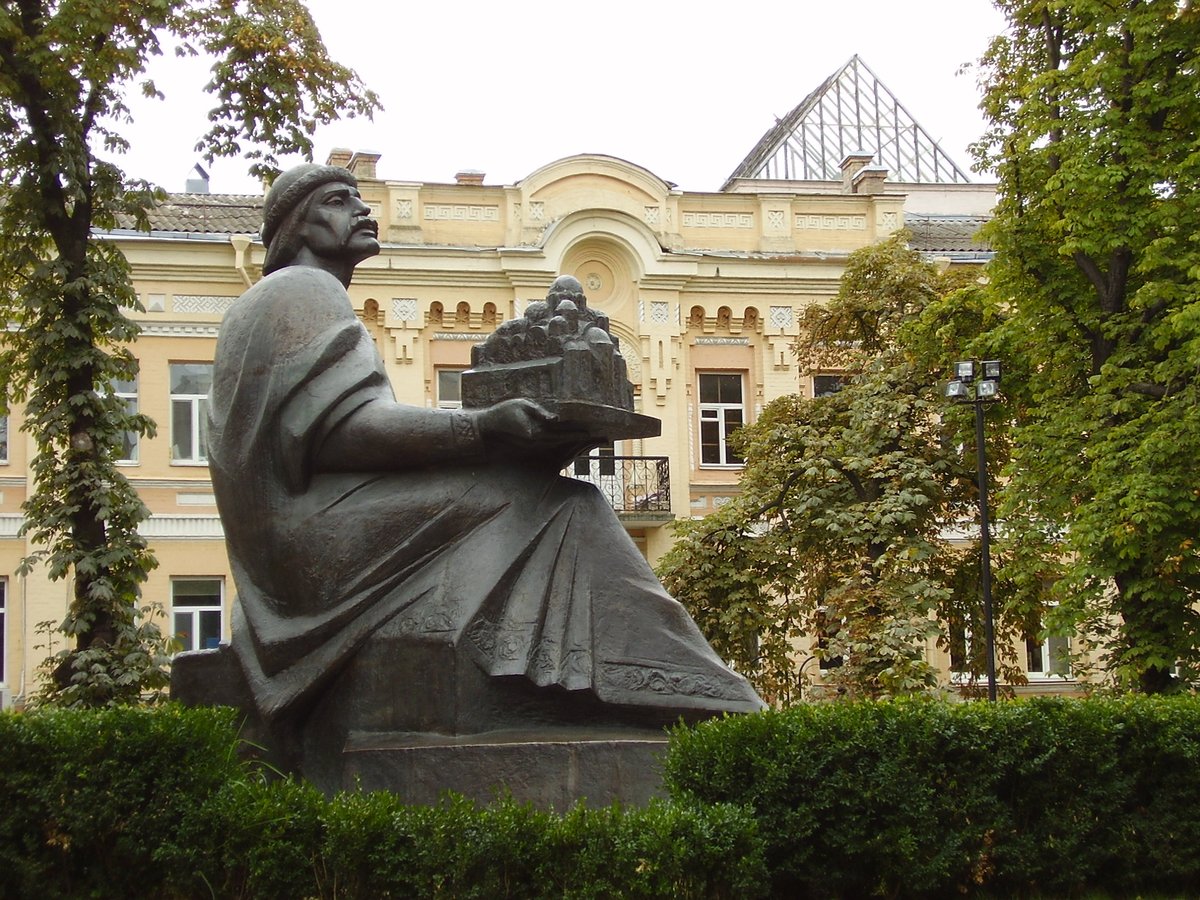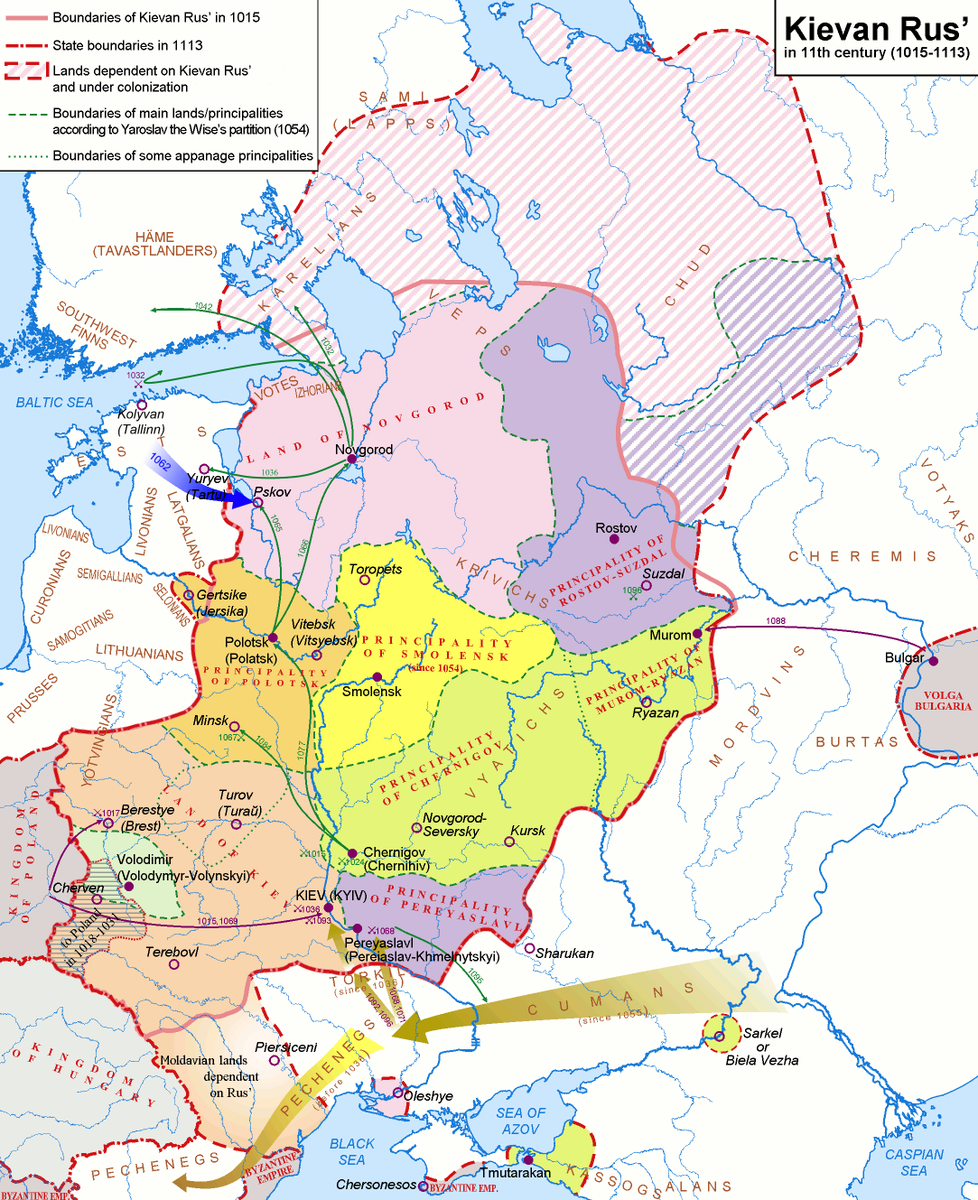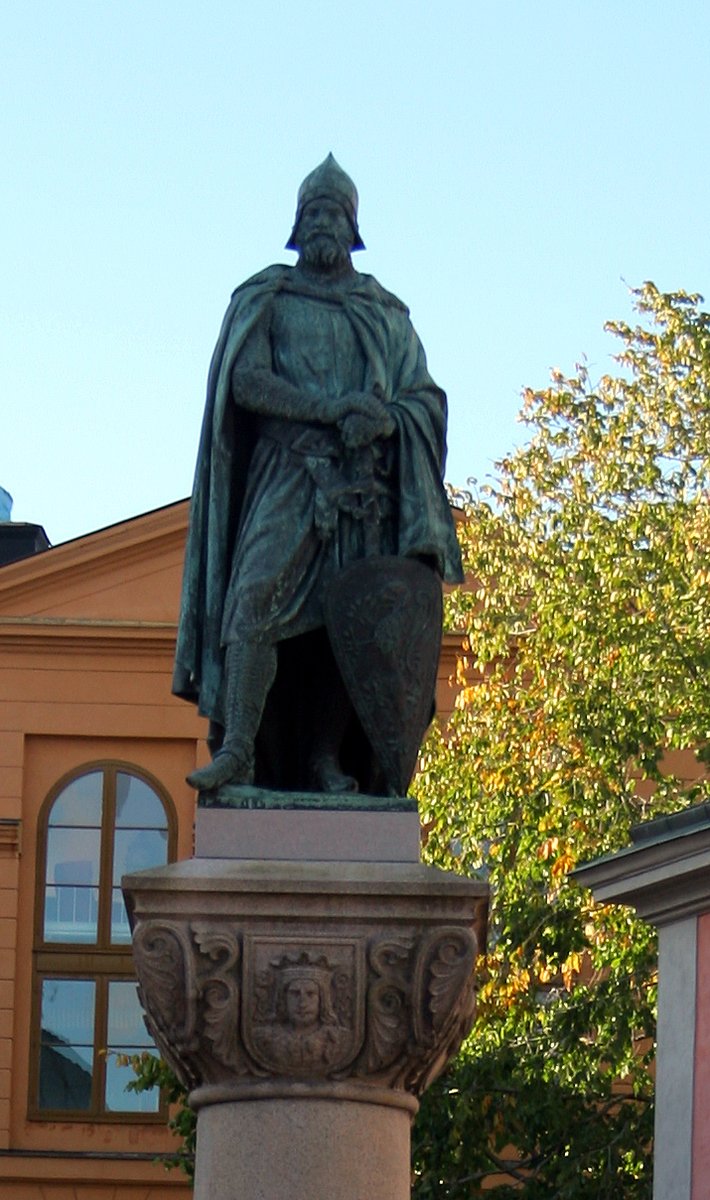The King who felt no pain.
Story in the evening ...
Story in the evening ...
https://twitter.com/Arby_K/status/1385420886925189122
Baudouin was born in 1161 to Count Amaury of Jaffa & Ashkelon and Agnes de Courtenay. The young prince also had an elder sister, Sibylle, and would have a half sister, Isabelle, later. Amaury became the King of Jerusalem after his brother also named Baudouin died in 1162. 1/10 

In Egypt, the Fatimid Caliphate had started to crumble. Amaury saw an advantage and pursued it. Nur ad-Din Zengi, Emir of Aleppo and Damascus, also had his plans. Initally, Amaury was ahead, but Nur ad-Din and his general Shirkuh countered it successfully. 2/10 

In 1169, Shirkuh was in charge of Egypt. Two years later, Shirkuh and the Fatimid Caliph had both died, and Shirkuh's nephew, Salah al-Din ibn Ayyub took control of Egypt. Amaury had lost out on Egypt. He also now had to face an unfortunate reality regarding his son. 3/10 

While playing, it was found that the 9 year old prince did not feel pain when pinched by friends. It was soon identified as an indication of the onset of leprosy. It was a time when lepers were segregated and left to die. The crown prince would be an historic exception. 4/10 

In 1174, Emir Nur ad-Din Zengi died, but so did King Amaury. Baudouin was crowned King, with Raymond of Tripoli as Regent. When Salah al-Din ibn Ayyub attempted to seize Syria, Baudouin rode out to Damascus. Despite his youth and disease, he was very much the King. 5/10 

Though Baudouin's rule was mired with concerns over the future, the King focussed on what was at hand. By 1177, Salah al-Din, better known as Saladin, had consolidated his hold on Syria and Egypt and now threatened Jerusalem. He rode out to Ashkelon with 26,000 soldiers. 6/10 

But Baudouin was up to the mark. With his smaller army, he led Jerusalem to a great victory against Saladin at Montgisard. The two would meet in subsequent battles as well, but the young King would stay ahead of his capable foe till his death. 7/10 

By 1179, his disease had worsened, with Baudouin having to learn riding a horse with one hand. He nearly died in an ambush, had it not been for Honfroy of Toron dying to save him. The King needed an heir. In 1180, his sister Sibylle married a young adventurer named Guido. 8/10 

Sibylle already had a son from an earlier marriage. The King appointed the boy as his heir in 1183. By then Baudouin had become blind and incapacitated. The King died around 1185 and his 14 year old nephew became King, with Raymond of Tripoli as Regent, again. 9/10 
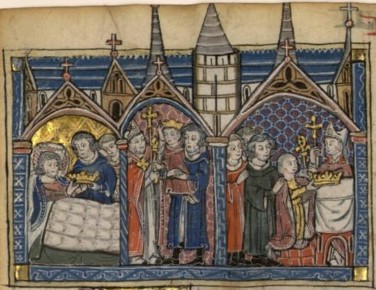
The new King died in 1186 and was succeeded by his mother, Sibylle. In 1187, Saladin once again returned to Jerusalem, defeating them at the Horns of Hattin and ending the short lived Kingdom of Jerusalem after 88 years. 10/10 

• • •
Missing some Tweet in this thread? You can try to
force a refresh


